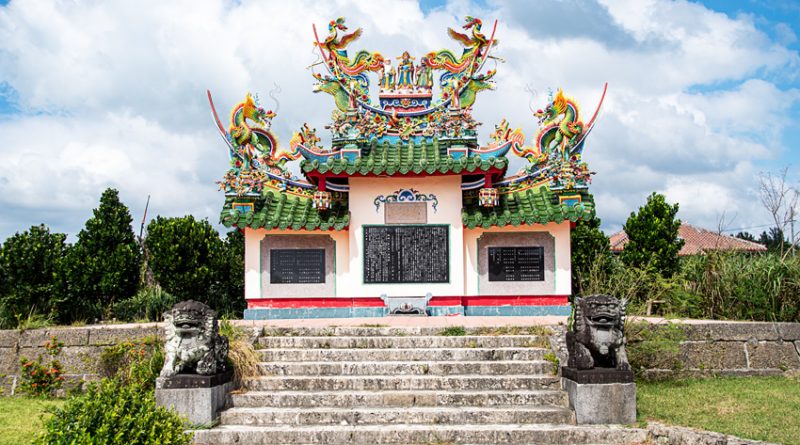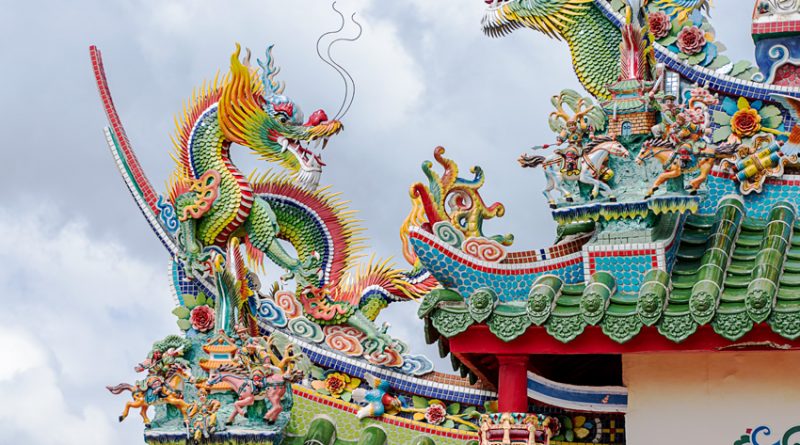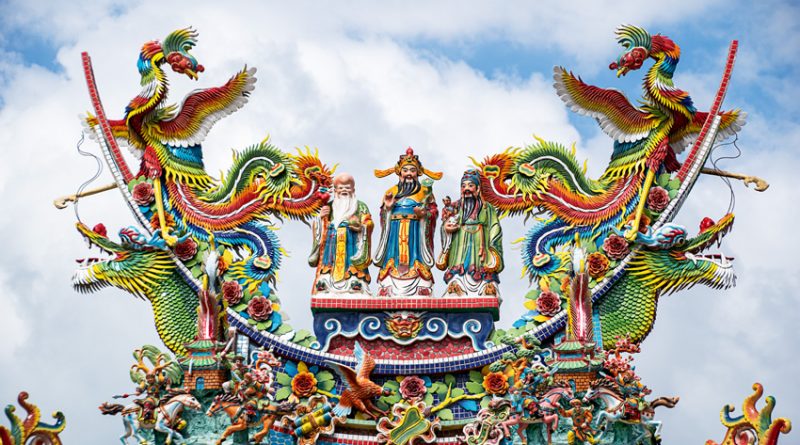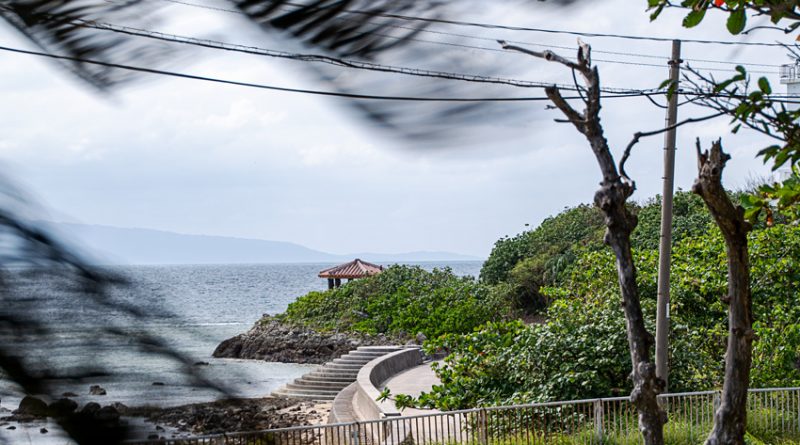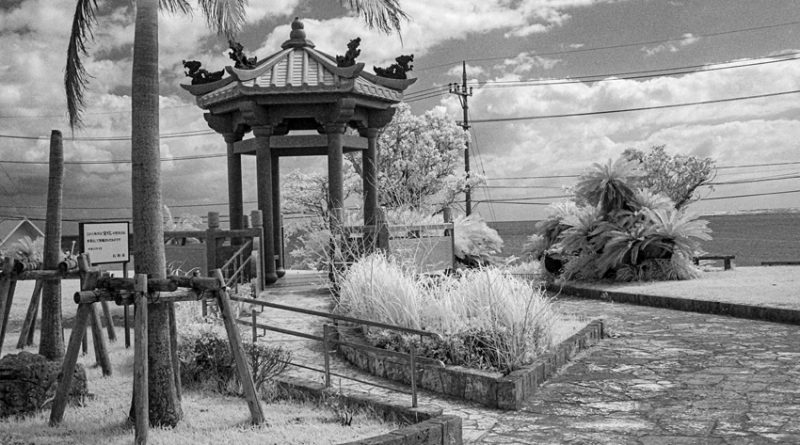No. 50. Tojinbaka – Monument for Rebellious Workers
Ishigaki Island, Okinawa, Japan
This Chinese-style tomb completed in 1971 memorializes the lives of 128 Chinese laborers who died on Ishigaki Island, part of Japan’s Okinawa Prefecture in 1852. A group of 400 workers was being transported from Xiamen to California when the ship, the Robert Bowne, ran aground on coral in waters near the island.
The workers rebelled against their treatment under slave-like conditions aboard the ship. Accounts are not clear about whether the uprising came before or after the ship’s grounding.
Some rebels were drowned in the wreck, some were reportedly killed by their British and American overseers as they tried to escape. Around 380 fled to Ishigaki and were given refuge by the locals.
In response to an appeal from the Robert Bowne’s crew, three western vessels, two British one American, arrived and shelled the temporary camp housing the Chinese nationals. Armed landing parties were dispatched to recapture the fugitives. The pursuers shot and killed or wounded many workers, while others committed suicide to avoid recapture. Many survivors escaped to the mountains.
In the end, 172 of the laborers survived to be later repatriated to China the next year. The names of the laborers are inscribed on the memorial.
Some of the calligraphy on the tomb was inscribed by Chiang Kai-shek, the pro-US demagogue, and dictator who imposed a rump, anti-working-class government on nearby Taiwan after his defeat on the mainland by the workers and peasants through the Chinese Revolution, despite the counter-revolutionary policies of Mao Zedong and his mentors in the Stalinist Comintern. (We leave a fuller discussion of the role of Mao’s brutal regime and his bureaucratic successors for another time.)
Close to Tojinbaka is another memorial of a different character, but of another brutal historic event rooted in class-conflict and a ruthless battle to control the resources of the world. I was not able to visit this one. The American Servicemen’s Memorial is a concrete and stone memorial of an abstract and more typically American design to 3 US airmen who were shot down over Ishigaki and captured during World War II by Imperial Japanese forces.
All three were tortured, two were beheaded and the third paraded around Ishigaki before being used for bayonet practice. After the imperialist slaughter ended, a number of Japanese soldiers who were held responsible were punished for war crimes: Seven were executed and 34 imprisoned.
The last paragraph of the English inscription includes these noble words: “….in the hope……that this monument will serve as a cornerstone to convey to future generations our keen desire for eternal peace in the world and our determination to renounce war.” In a world where inter-imperialist tensions and rivalries are again on the rise, one wonders whether history will judge these as mere empty phrases from the pens of the victors.
The fighting spirit of the Chinese workers rebelling against their oppression memorialized at Tojinbaka should serve as an example for working people everywhere who are facing grinding and ever more oppressive conditions.

